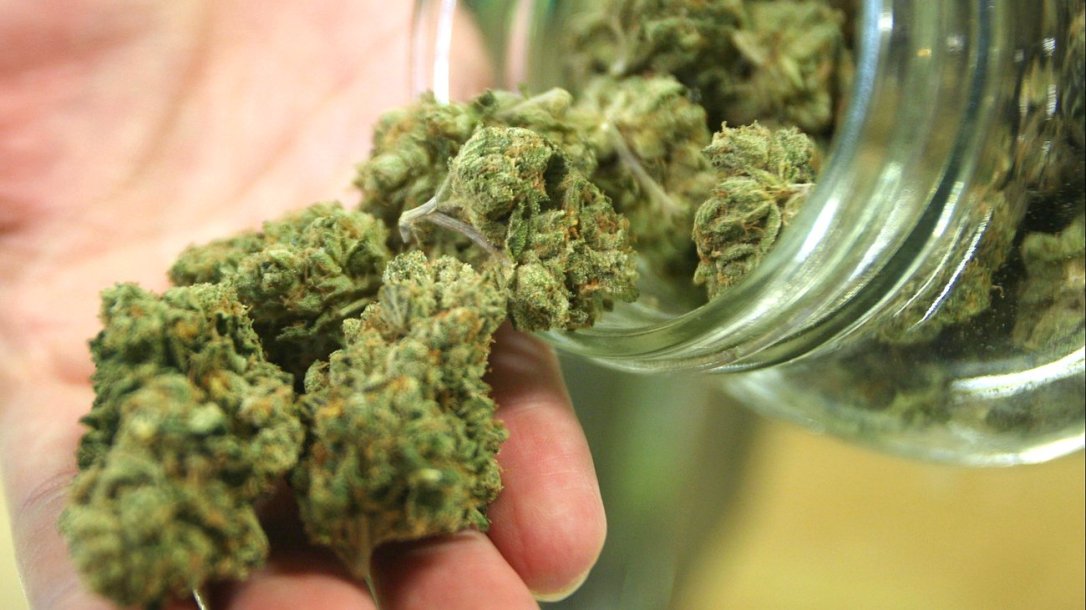A person who is “stoned” on smoking pot might knowledge a euphoric state wherever time is irrelevant, audio and colors undertake a greater significance and anyone might get the “nibblies”, wanting to consume sweet and fatty foods. This really is frequently connected with impaired motor skills and perception. When large blood concentrations are reached, paranoid feelings, hallucinations and stress problems may characterize his “journey “.
In the vernacular, cannabis is frequently known as “excellent shit” and “poor shit”, alluding to popular contamination practice. The contaminants may result from soil quality (eg pesticides & large metals) or added subsequently. Occasionally particles of lead or tiny beads of glass increase the weight sold.
A arbitrary choice of beneficial effects appears within context of their evidence status. A number of the results will be revealed as beneficial, while the others bring risk. Some consequences are hardly notable from the placebos of the research. Weed in the treating epilepsy is inconclusive on account of inadequate evidence.
Nausea and nausea brought on by chemotherapy could be ameliorated by oral Order weed in usa. A lowering of the seriousness of pain in individuals with persistent pain is really a likely outcome for the use of cannabis. Spasticity in Numerous Sclerosis (MS) individuals was reported as improvements in symptoms. Upsurge in appetite and decline in fat loss in HIV/ADS individuals has been shown in limited evidence. In accordance with limited evidence marijuana is useless in treating glaucoma.
On the foundation of restricted evidence, pot is beneficial in treating Tourette syndrome. Post-traumatic disorder has been served by pot in one described trial. Restricted statistical evidence details to raised outcomes for traumatic head injury. There is inadequate evidence to declare that weed can help Parkinson’s disease. Restricted evidence dashed expectations that weed could help improve the apparent symptoms of dementia sufferers. Confined mathematical evidence is found to guide an association between smoking marijuana and center attack.
The evidence for decreased threat of metabolic issues (diabetes etc) is bound and statistical. Social anxiety disorders may be served by pot, even though evidence is limited. Asthma and pot use is not effectively reinforced by the evidence sometimes for or against. Post-traumatic condition has been helped by pot in one reported trial. A summary that pot will help schizophrenia sufferers can’t be reinforced or refuted on the cornerstone of the limited character of the evidence.
There’s moderate evidence that better short-term sleep outcomes for disturbed rest individuals. Maternity and smoking marijuana are correlated with paid down start fat of the infant. The evidence for swing brought on by cannabis use is limited and statistical. Addiction to weed and gate way problems are complex, considering many parameters that are beyond the scope with this article. These dilemmas are fully mentioned in the NAP report.
The NAP report highlights the next findings on the matter of cancer: The evidence suggests that smoking pot does not raise the chance for certain cancers (i.e., lung, mind and neck) in adults. There is moderate evidence that marijuana use is connected with one subtype of testicular cancer. There is little evidence that parental cannabis use all through maternity is related to larger cancer risk in offspring.
Smoking marijuana on a regular basis is associated with chronic cough and phlegm production. Stopping pot smoking probably will lower chronic cough and phlegm production. It’s unclear whether pot use is connected with chronic obstructive pulmonary condition, asthma, or worsened lung function.
The NAP report highlights these conclusions on the issue of the individual immune system: There exists a paucity of data on the consequences of pot or cannabinoid-based therapeutics on the individual immune system. There’s insufficient data to pull overarching ideas regarding the results of weed smoke or cannabinoids on resistant competence. There is limited evidence to claim that normal contact with marijuana smoking could have anti-inflammatory activity. There’s insufficient evidence to support or refute a mathematical association between cannabis or cannabinoid use and undesireable effects on immune status in individuals with HIV.
The NAP report features the next studies on the problem of the improved danger of demise or damage: Weed use prior to operating raises the risk of being associated with a motor vehicle accident. In claims wherever pot use is appropriate, there’s improved threat of unintentional cannabis overdose accidents among children. It’s uncertain whether and how weed use is related to all-cause mortality or with occupational injury.
